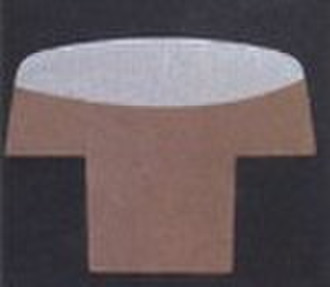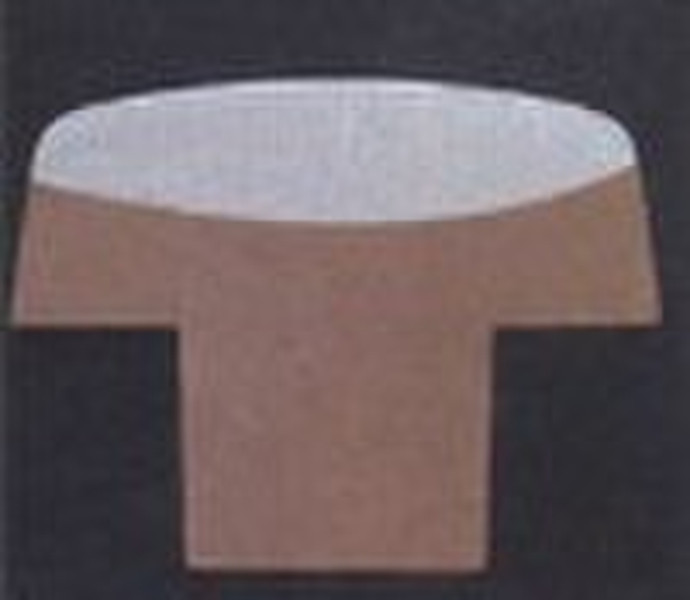Каталог
-
Каталог
- Автомобили и мотоциклы
- Безопасность и защита
- Бизнес
- Бытовая техника
- Бытовая электроника
- Детали машин и услуги по их изготовлению
- Дом и Сад
- Здоровье и медицина
- Игрушки и хобби
- Изделия из металла
- Измерительные и анализирующие приборы и инструменты
- Инструмент
- Красота и личная гигиена
- Мебель
- Мероприятия по охране окружающей среды
- Минералы и металлургия
- Модные аксессуары
- Обувь и аксессуары
- Одежда
- Освещение
- Подарки, сувениры
- Продовольственные товары и напитки
- Промышленное оборудование и техника
- Резина и пластмассы
- Сельское хозяйство
- Специальное оборудование
- Спорт, отдых и досуг
- Сток
- Строительство и недвижимость
- Текстиль и кожа
- Телекоммуникации
- Товары для офиса, учебы. Канцтовары
- Транспорт
- Упаковка и печать
- Химикаты
- Часы, Украшения, Очки
- Чемоданы, сумки
- Электронные компоненты, оборудование, принадлежности
- Электротехническое оборудование и принадлежности
- Энергия
Filters
Search
Биметаллические контакт

Eve Wu
Контактное лицо
Основные данные
| Место происхождения | Zhejiang China (Mainland) |
|---|
Bimetalcontact ( Tri-metal contact, electrical contact, contact rivet) features:
Bimetal contact are normally used as double side contacts, mainly used in relays, mirco switches, button switches and so on.
Bimetal contact include Ag, AgNi, AglnSnO2, AgCu, AgZnO, AgCdO and so on.
AgCdO is kind of most important contact material among silver metal-oxide materials and it is widely used in low-voltage devices, when the temperature is higher than 900, CdO is sublimated and the contact surface is cooled down and the arc energy is reduced and the arc is extingished. It can also increase the resistance against welding.
Contact materials produced by powder sintering-extruding methods have higher density and low resistance rate. Higher welding resistance and uniform arc erosion than internally oxidized material with same composition.
AgNi contact material containing 10% to 40% Ni. It produced by powder metallurgical production have low and stable contact resistance, high hardness and mechanical strength. The material transfer in case of DC is very small. So it is high electrical thermal conductivity. The contacts have very low arc erosion. On making higher current normally asymmetric pairs wigh AgC contact materials is applied. Wire of solid and composite rivets produced by power sintering-extruding methods.
AgSnO2 is the ideal material of AgCdO instead of material and has excellent properies of contacts. As the thermal stability of SnO2 is higher. AgSnO2 has higher. AgSnO2 has higher resistively against welding and low are erosion than AgCdO materials, and is poisonous-less. For AgSnO2 contact material, the contact resistance can be controlled within the limited range by putting in a small. In this aspet contact materials produced by powder metallurgy processing method have higher resistance against arc erosion and less arc bumming than those produced by intimae oxidation processing method.
The higher thermal stability of ZnO in AgznO contact material, the welding resistively and resistively against arc erosion is also igher. AgZnO contact material is poisonous-less sill not pollute the enviroment will cause higher contact resistance this problem can be solved by increasing the contact strength by powder metallurgy processing method have higher welding resistively and low arc erosion with strong magnetic arc blowing under large switching capacity than those produced by internal oxidation processing method. AgZnO contact material is most suitable to be used in contactors and circuit breakers with large capacities.
Pure silver has extreme high electrical conductivityand thermos conductivity and very low contact resistance. It is easy to produce, so silver is and ideal contact material. But silver is he very low resistively against welding. So they mainly used in small capacity low-voltage electric apparatus. The disadvantage of silver is the silver particles will be transferred under DC current, and silver is the very low receptivity against sculpture corrosion. Silver contact material is mainly used in communication technology, and control technology, such as relays, micro switches and auxiliary switches etc.
Условия поставки и упаковка
Packaging Detail: Vacuum plastic bagOuter packing: carton
Delivery Detail: within 10 days
Условия оплаты
Аккредитив
Электронный перевод
-
Способы оплаты
Для оплаты товаров и услуг на нашем портале, Вы всегда получаете счет, в котором Вам необходимо самостоятельно указать свои данные.
Мы принимаем к оплате:









